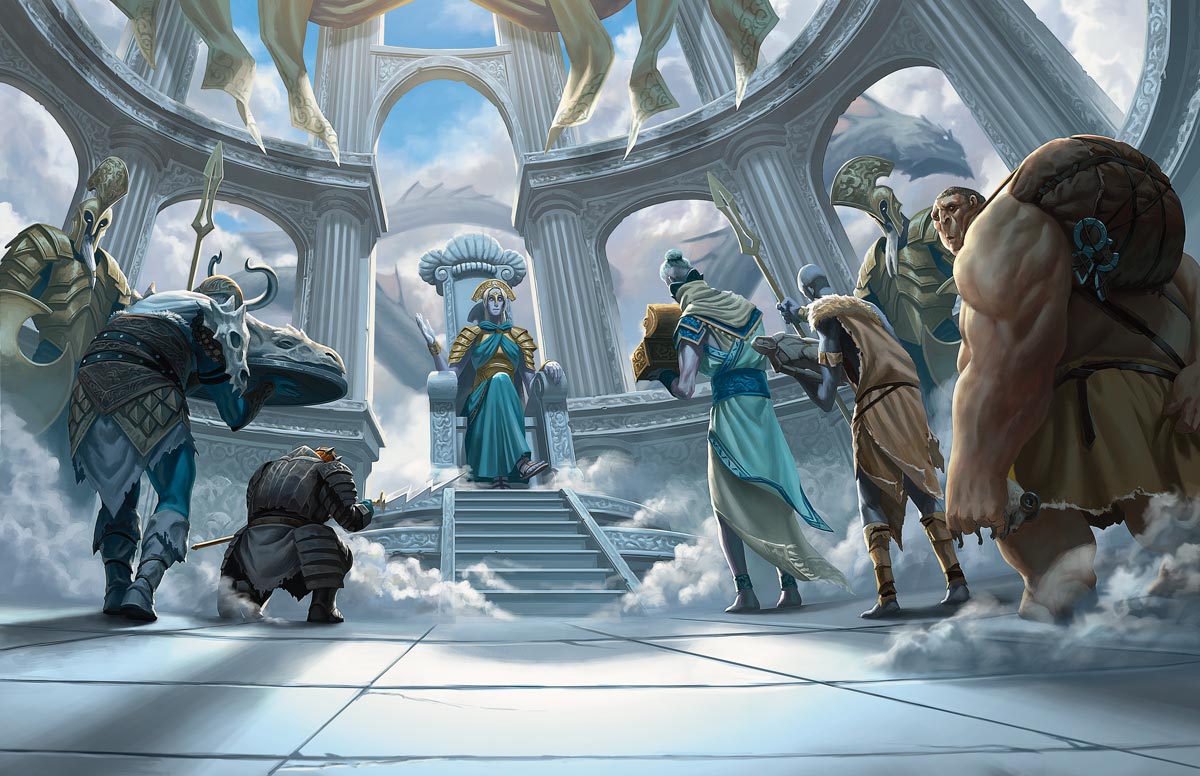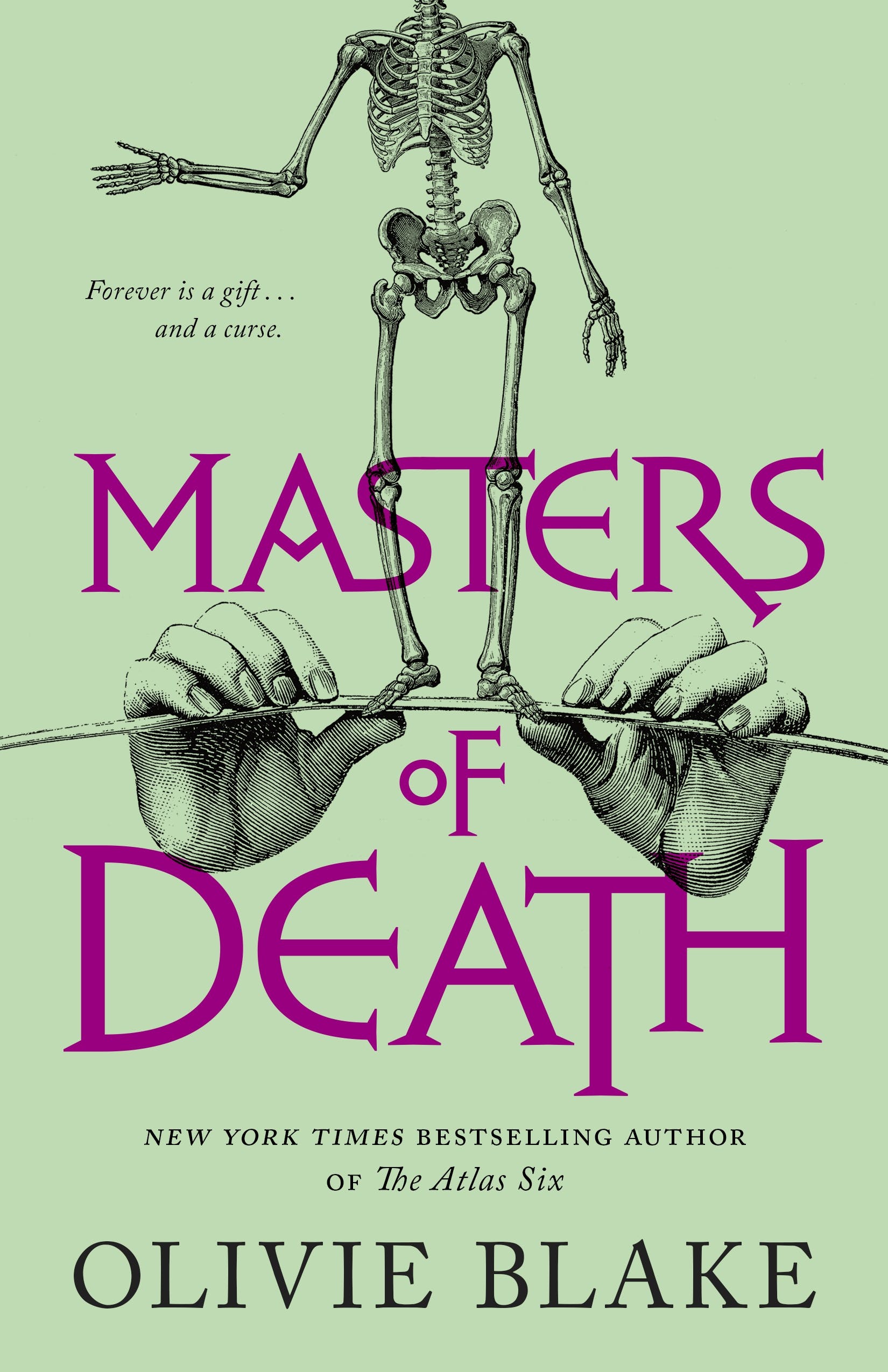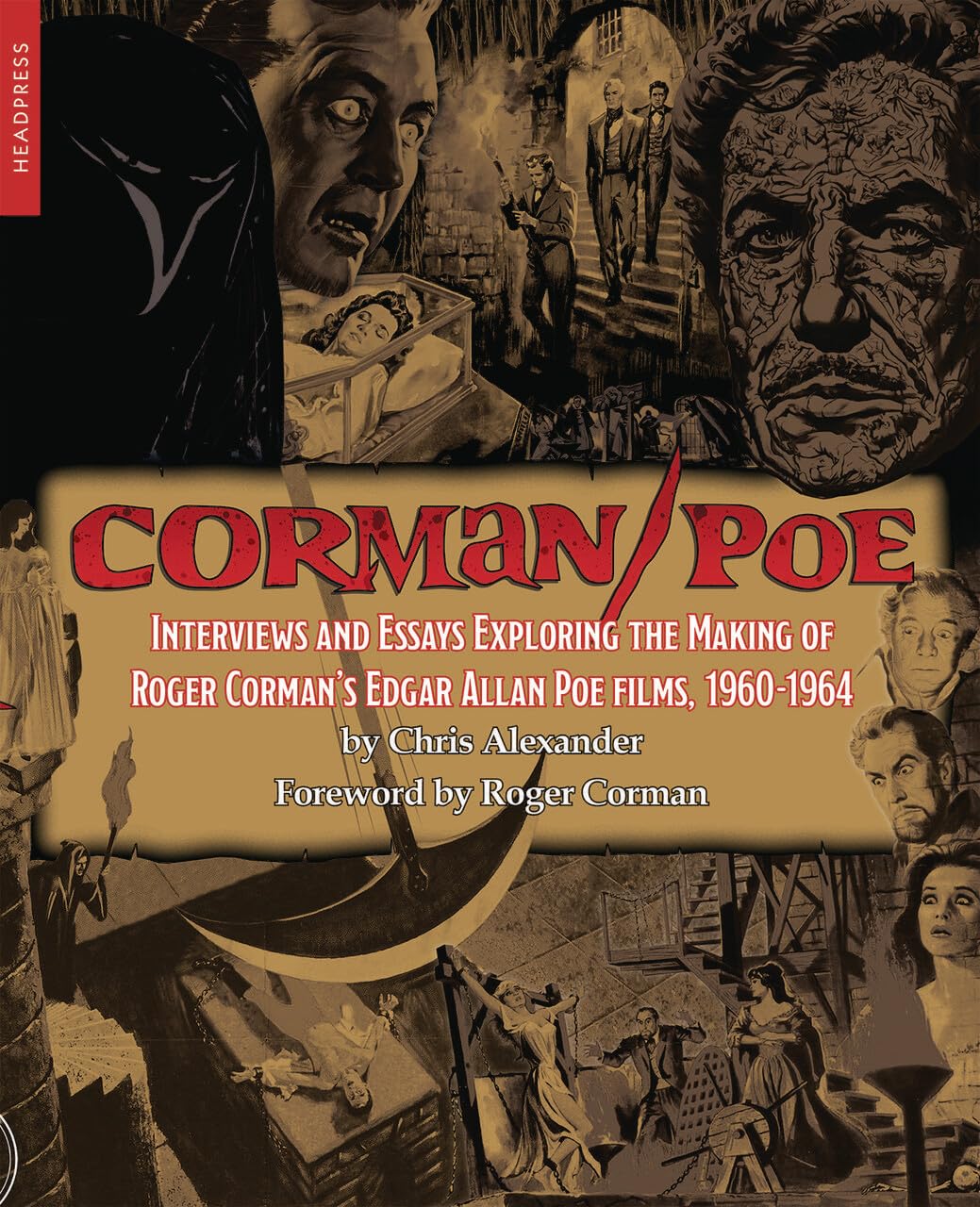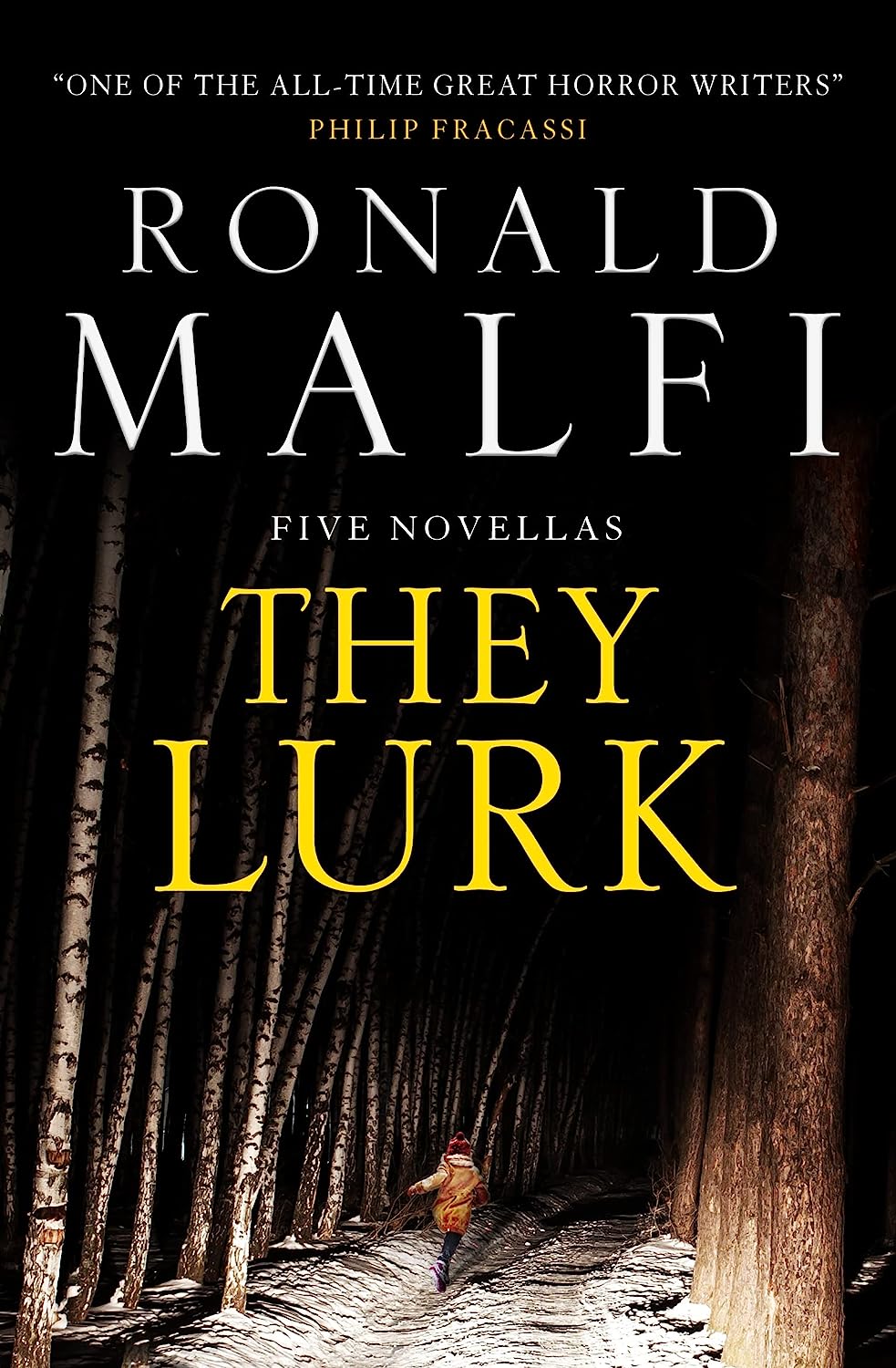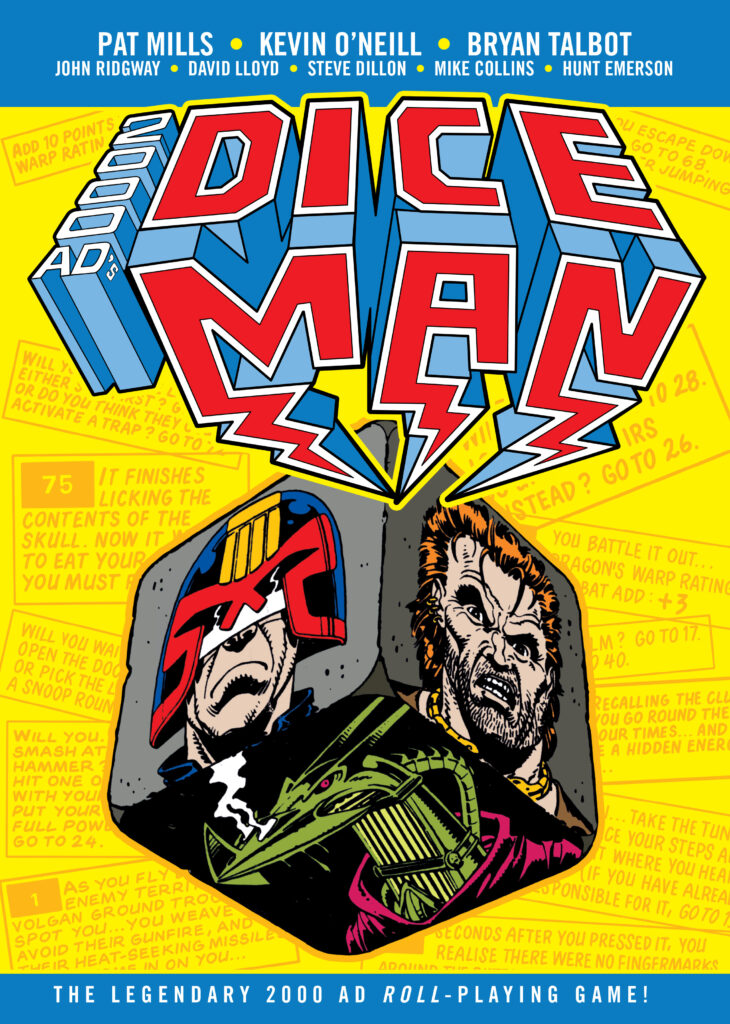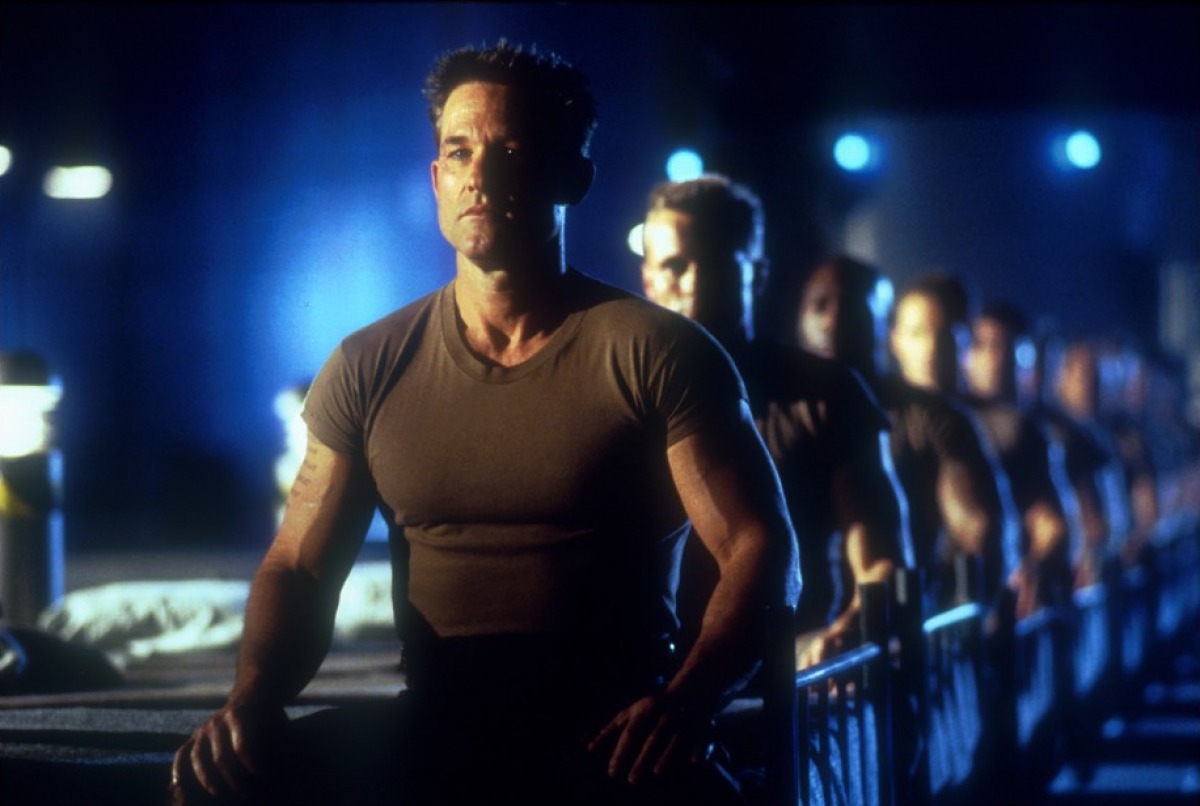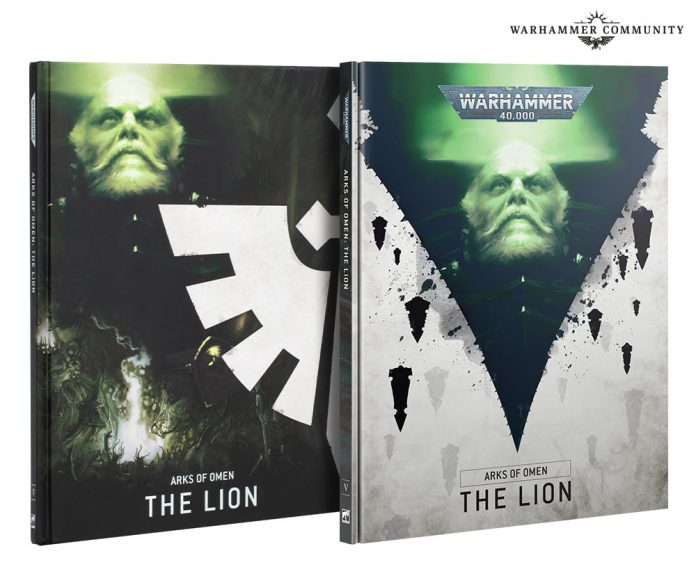by Ed Fortune
One of the nice things about Fifth Edition Dungeons & Dragons is the way that all the splat books are ‘themed’ as if they were gazetteers written by some character from the worlds of D&D. Not only is this a nice shout-out to the old Mystara D&D setting, it also adds extra flavour to the whole affair.
The latest in this series is Bigby Presents: Glory of The Giants. Bigby is the wizard better known for his hand-themed spells, and this sourcebook focuses not on giant hands but giants in general. It is, of course, a high-quality hardcover book filled with good and inspirational giant-themed art.
Much like Fizban’s Treasury of Dragons, Bigby Presents: Glory of The Giants is a mix of useful upgrades for players, story hooks, monsters, lairs, and setting information, peppered with comments from Bigby himself to add flavour to the book. The 192-page hardback isn’t quite as dense as Fizban’s, but it does do an excellent job of making Giants interesting creatures to encounter. A culture with goals and motivations rather than a collection of creatures to bash for an XP bonus.
Higher-level D&D games are often tough to keep challenging, and you can only throw so many dragons at a party before it gets samey. There are over 70 giant-themed monsters in this book, most of which are a challenge for high-level adventurers. There are also rules for using Giants as high-level patrons, which also slots in nicely to campaigns like Tyranny Of Dragons or Storm King’s Thunder.
Character creation options are interesting. There are two new giant-related backgrounds, and both come with feats attached. This is quite the power bump, and DM’s are advised to allow characters in the same campaign who don’t take these backgrounds to be given the Skilled or Tough feat. This is a reasonable re-balance, but it does feel like a bit of a hack this far down the game’s development.
We also get a bunch of new feats that have prerequisites (much like the Third Edition of D&D), and these basically allow you to build a giant-themed badass. Of particular interest is Rune Carver, which allows a certain sort of magic item creation (and the magic items presented later in the book are pretty powerful). We also get a new sub-class for barbarians, Path of the Giant, which essentially lets you play Thor; you can throw lightning-infused rocks at people and are very strong and hard to knock down. Add a hammer and a fancy helmet, and you, too, can be Chris Hemsworth.
This is a decent DM’s toolkit, with some shiny things for players to get excited about. It’s not quite as packed with plot ideas as previous books of its ilk, but it’s a must for most DMs, especially those with high-level parties, and the new feats are jolly interesting.

Bigby Presents: Glory of Giants is out now and can be found here, and a version with special cover art can be found at your friendly local games store.

